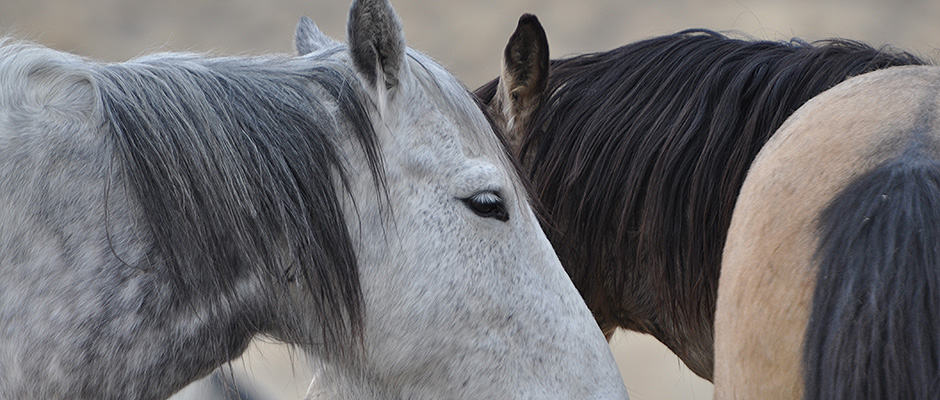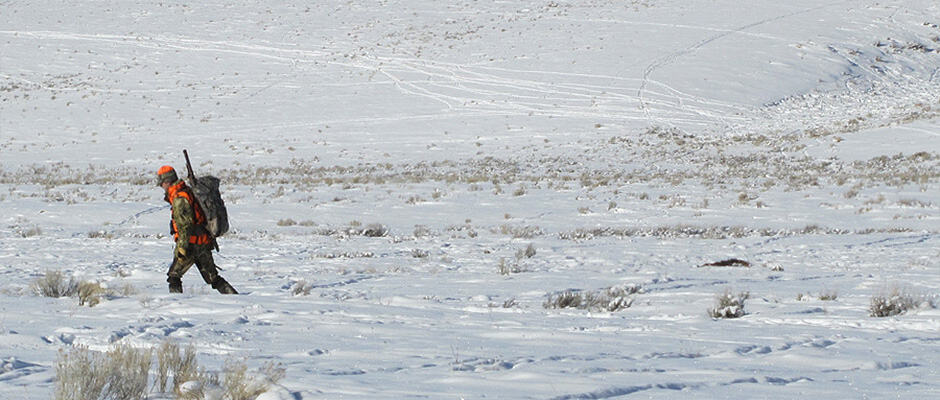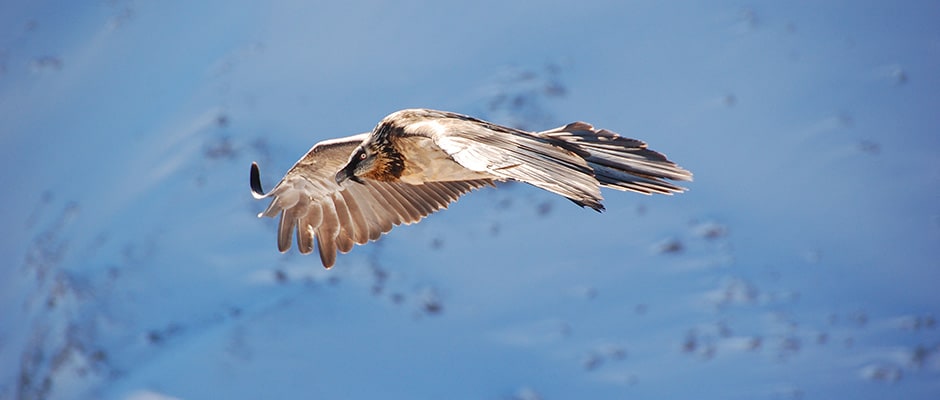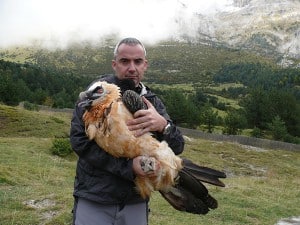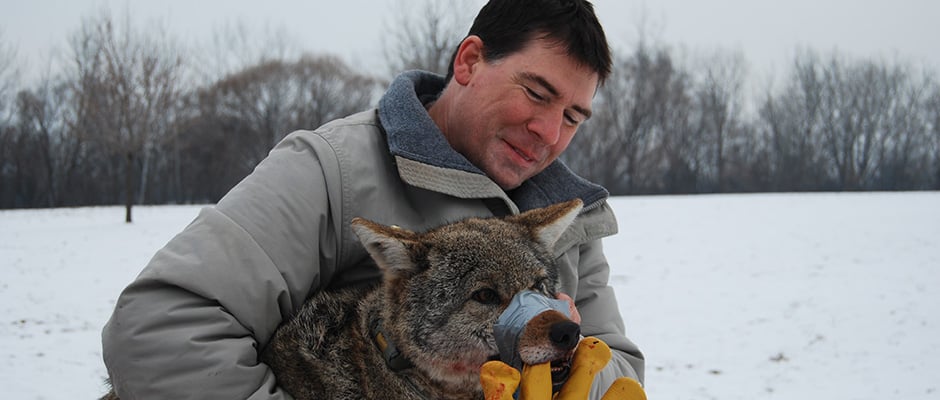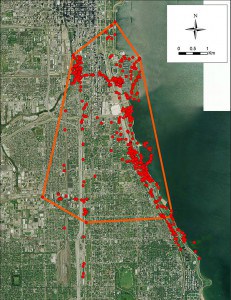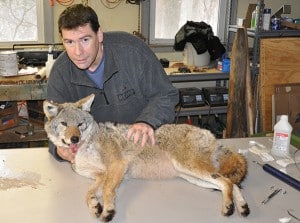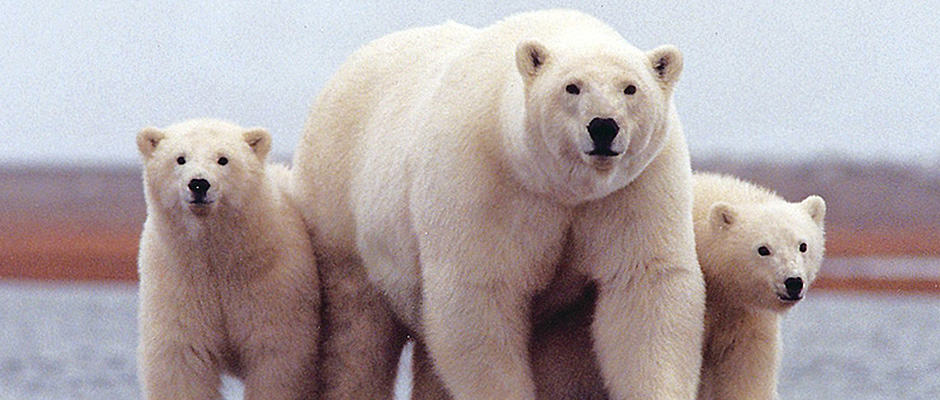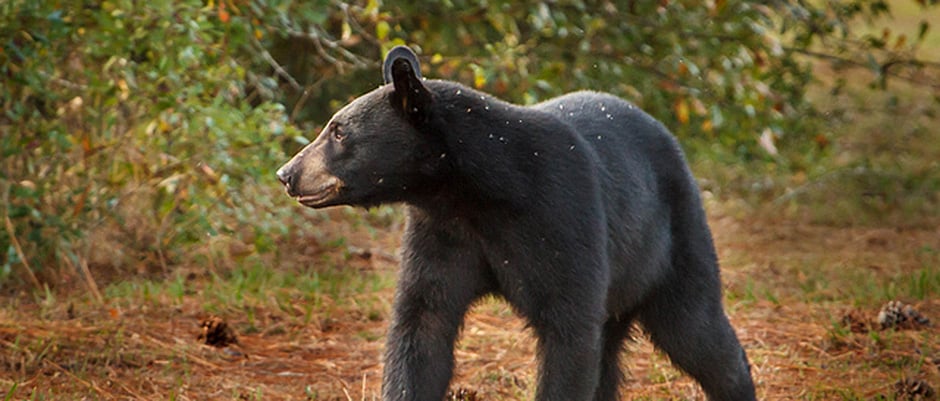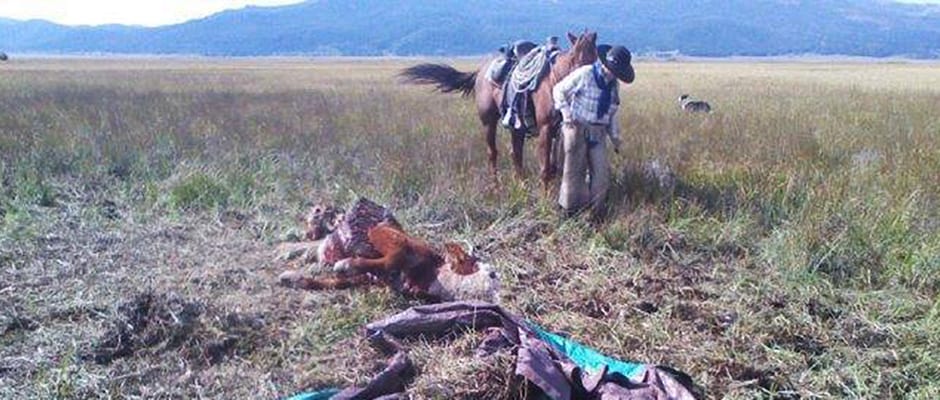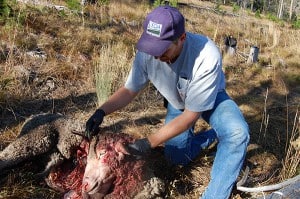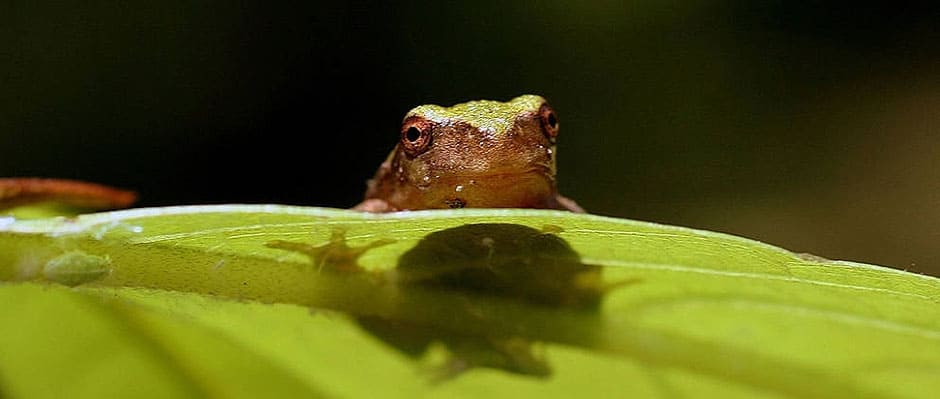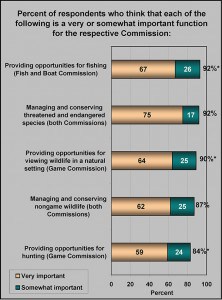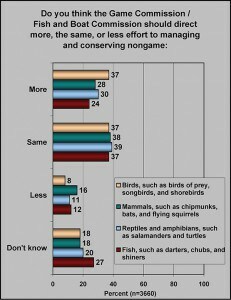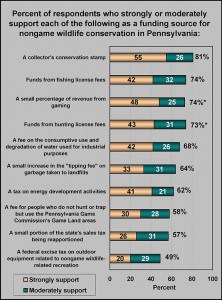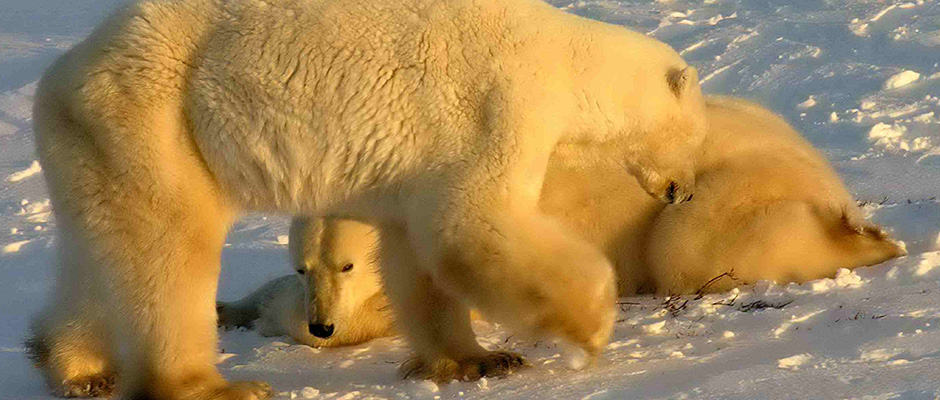
22nd Annual Conference of The Wildlife Society
Winnipeg, Manitoba ♦ October 17-21, 2015
Deadline: April 24, 2015, 11:59 pm CST
To Begin your Submission Click Here
The Wildlife Society will hold its 22nd Annual Conference in Winnipeg, Manitoba from October 17-21st, 2015. The meeting will include workshops, symposia, panel discussions, special poster sessions, contributed papers (oral presentations), and contributed posters. We invite you to submit contributed papers and posters on topics of wildlife ecology, management, conservation, education, or policy. Abstracts will not be published, so we encourage reports from the author’s most recent scientific investigations and management experiences.
All contributed papers (oral presentations) will be scheduled for 20 minutes, which includes 15 minutes for the presentation and five minutes for questions.
We urge participants to consider presenting their work as posters, as this format allows authors to interact with attendees and discuss their research at length. Authors are requested to be available to discuss their posters during scheduled breaks.
Instructions for Submitting Abstracts
TWS is working with Coe Truman Technologies – OASIS for abstract submission and conference program planning. The OASIS site will lead you through the submission steps; guidelines for submissions are summarized below. You may initiate a submission, save your work, and return to complete or revise your submission as often as you like until the submission deadline. The submission deadline is April 24, 2015 at 11:59 pm CST. Abstracts that miss this deadline will not be considered. Please note: TWS allows only one contributed paper or poster per primary author.
Complete submission details can be found on the OASIS site; however, highlights are listed here to help prepare your abstract. Abstracts must be under 300 words, and should include a statement of objectives, brief description of methods, results, and conclusions. Do not include paper/poster title or author information in the abstract. Include scientific names in the abstract but not in the paper/poster title. You will be asked to choose one of the following subject categories.
- Conservation and Management of Birds
- Ecology and Habitat Relationships of Birds
- Conservation and Management of Mammals
- Ecology and Habitat Relationships of Mammals
- Reptiles and Amphibians
- Biometrics and Population Modeling
- Community Dynamics
- Wildlife Damage Management
- Wildlife Diseases and Toxicology
- New Technology and Applications
- Conservation Planning and Policy
- Human Dimensions and Education
- Harvest Management
Abstract Evaluation
Papers and posters will be accepted based on technical merit and contribution to our knowledge of species, populations, communities, ecological processes, management practices, conservation initiatives, education models, or policy issues. Papers and posters should present results from completed studies or completed phases of long-term projects. Work in progress is more appropriate for presentation at local or regional meetings and will not be accepted. Students can submit Student Research-in-Progress abstracts as part of a separate poster session and should not be submitted at this time. For information and submission instructions for the Student Research-in-Progress Poster session, please visit the conference website.
Do not submit abstracts for Symposia at this time. Student Research-in-Progress can be submitted between May 4 and June 19, 2015.
All abstracts will have a blind review by two to three reviewers. Please note that presentations from students are welcome but are not given preferential treatment. We have found that students do just as well as or better than professionals under our blind review process. Due to time/space limitations we will not be able to accept all papers and posters submitted.
Notice of Decision
Notice of decision will be made on or about June 12, 2015 via email.
Registration
All presenters MUST register and pay the appropriate conference registration fee. Advance registration is strongly recommended. Registration information will be posted on TWS’ website, www.wildlife.org in July.
Questions?
Questions about the conference program may be directed to Program Committee Coordinator, Tricia Fry at tricia@wildlife.org. For all other conference questions, please call (301) 897-9770 or email membership@wildlife.org.




